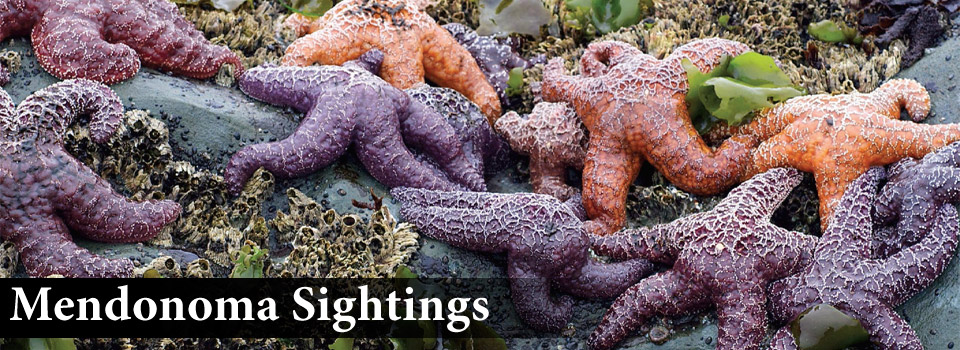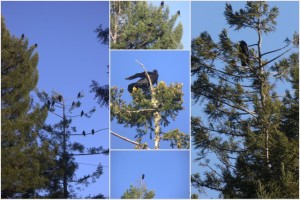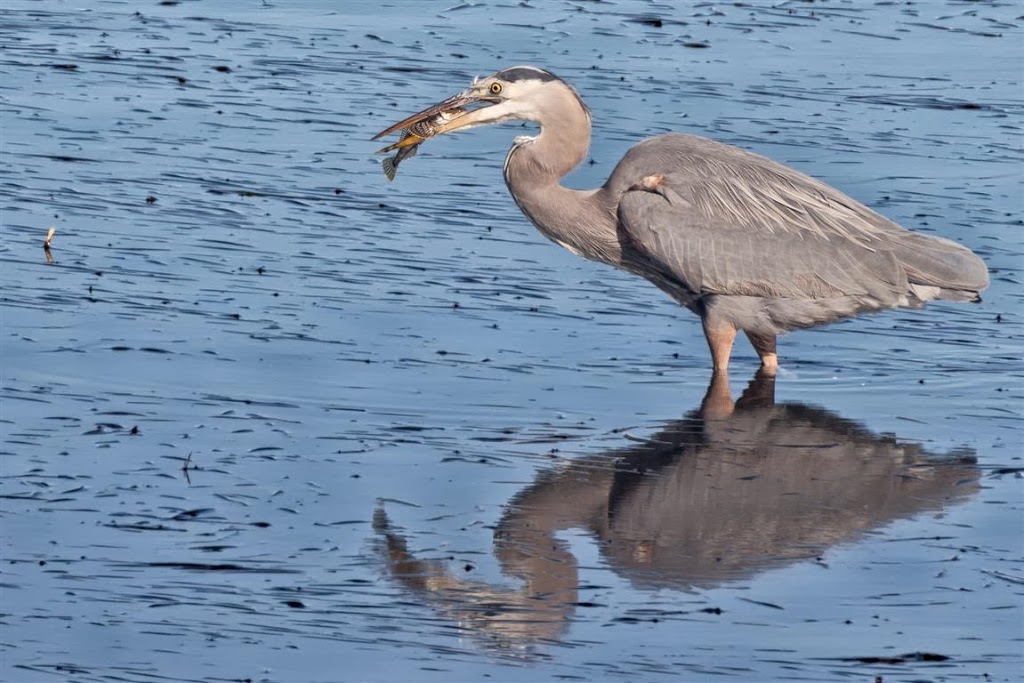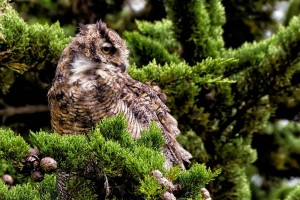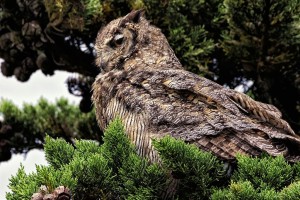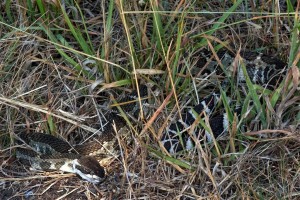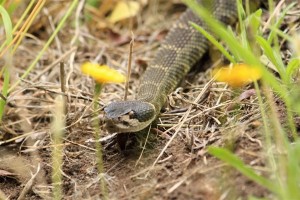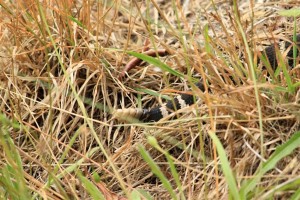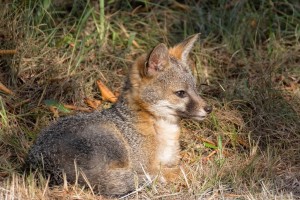Common Ravens are thriving on the Mendonoma Coast. And it is a cause for concern. Ravens are extremely intelligent and people enjoy feeding them. Peggy Berryhill lives in a area where a neighbor has been feeding these big black bird. Here is a collage of what Peggy saw the other afternoon.
Ravens eat pretty much everything, including carrion, and they raid nests of other less aggressive birds. It would be best not to feed them, as they do not need anyone's help.
When they have more food available, they are able to lay more eggs, thus we have more Ravens. Here is a recent photo of a Raven's nest taken by Kathy Bishop showing newly hatched four chicks in the nest.
One of the things I admire about Ravens is their vocalizations. They have a "clock, clock" sound which is quite beautiful.
Thanks to Peggy and Kathy for allowing me to share their photos with you here.
